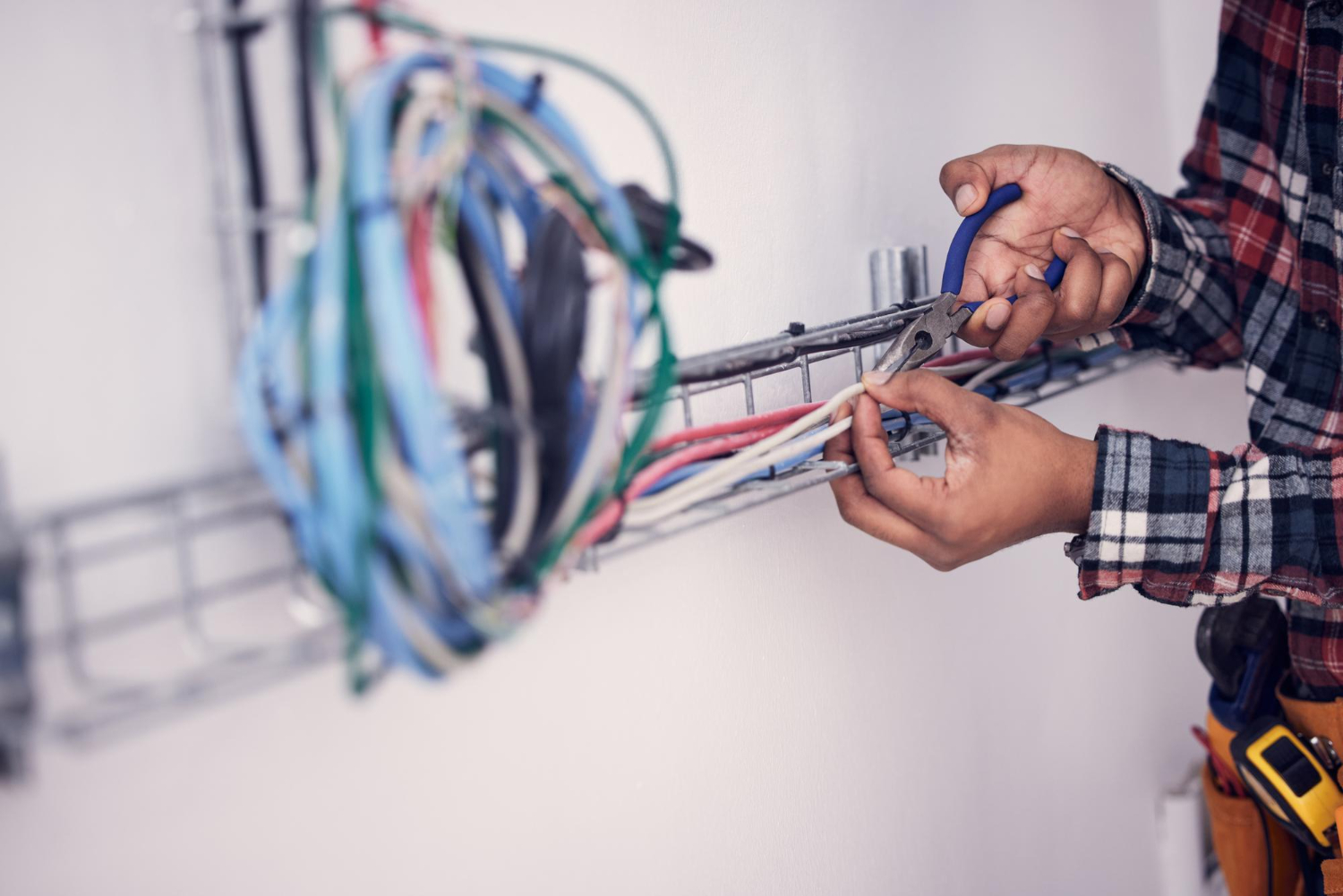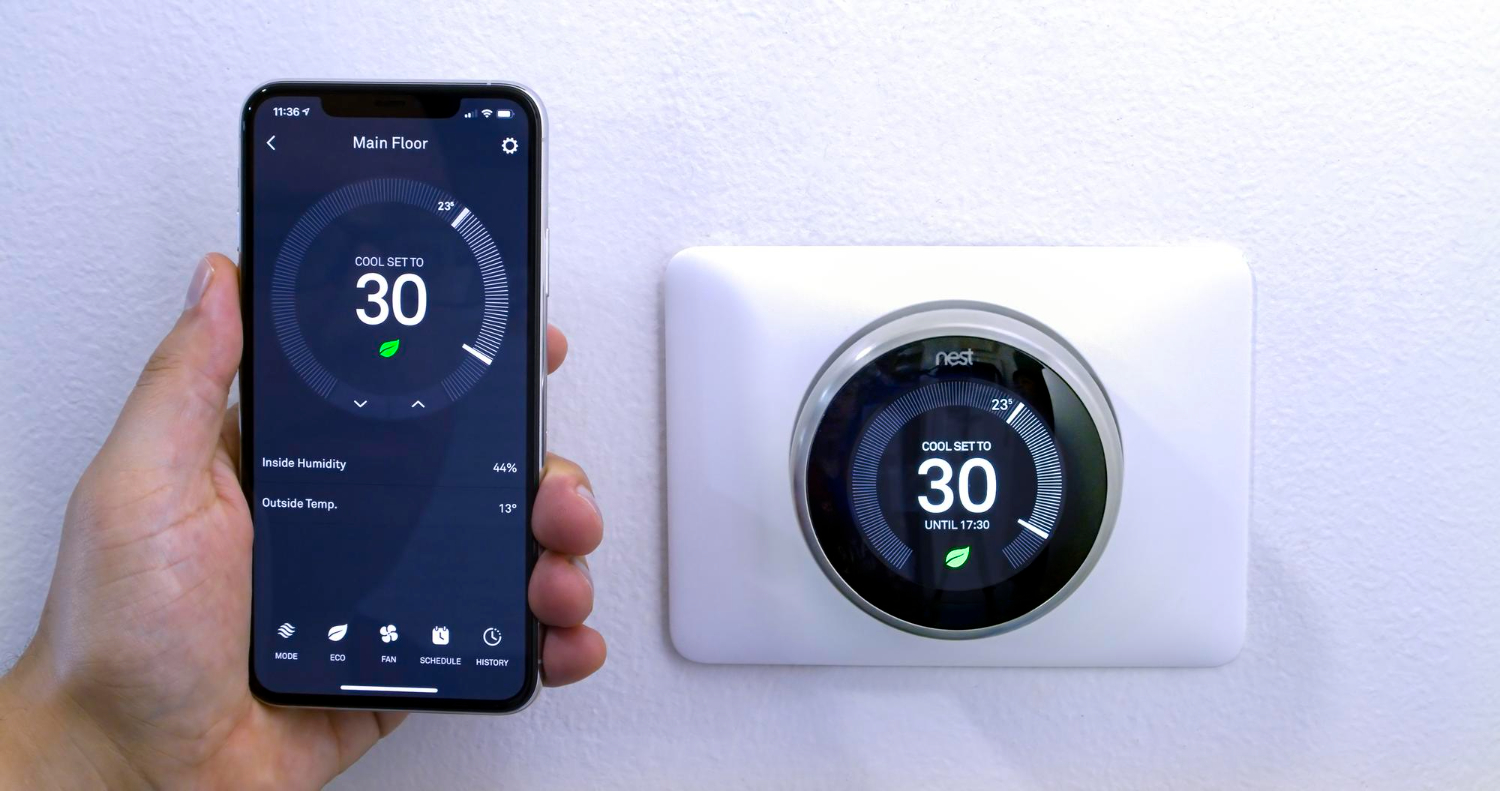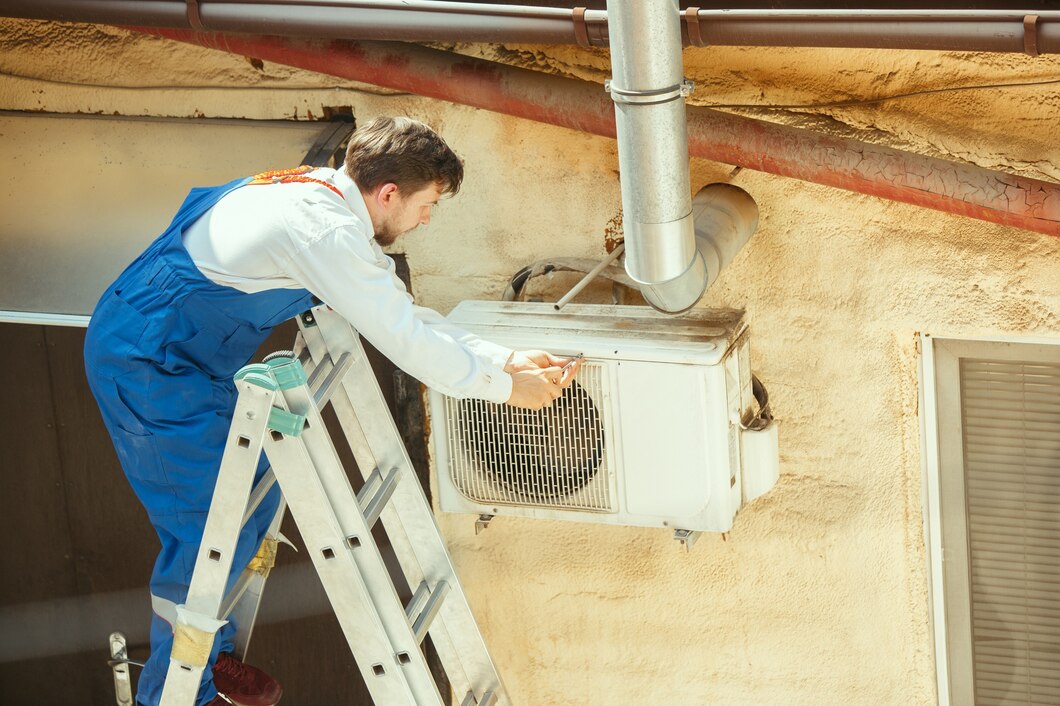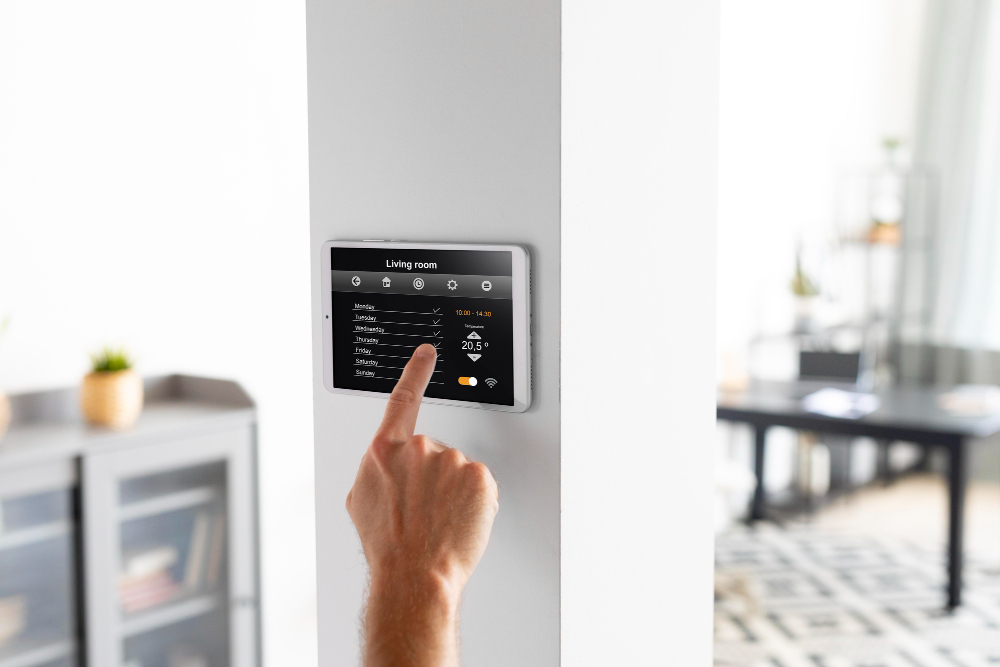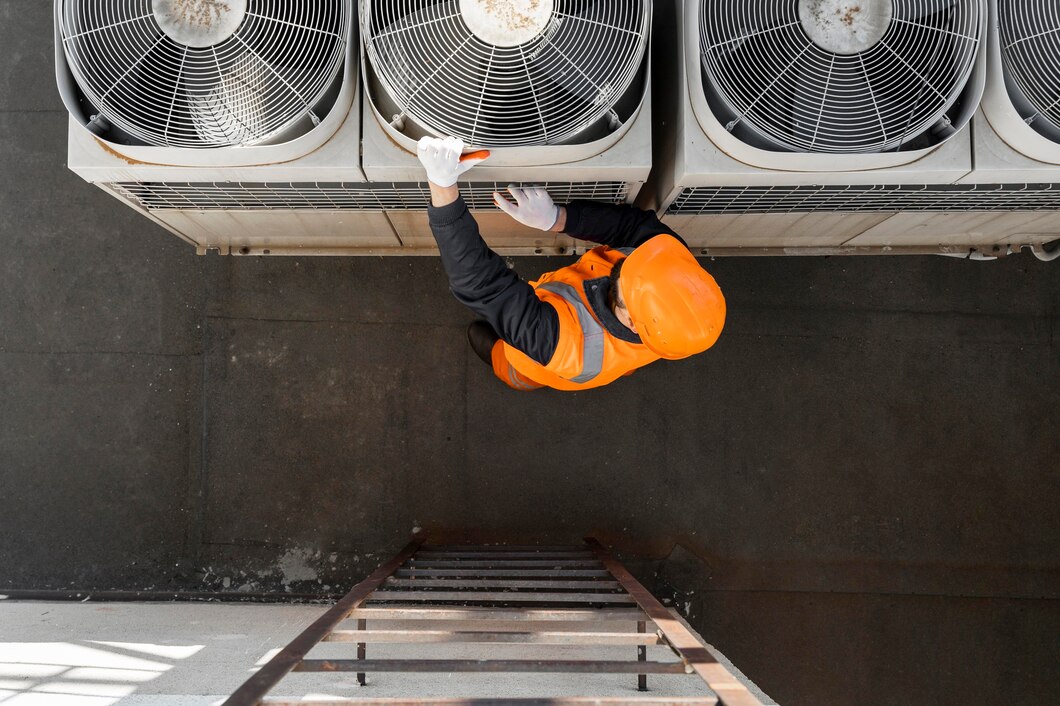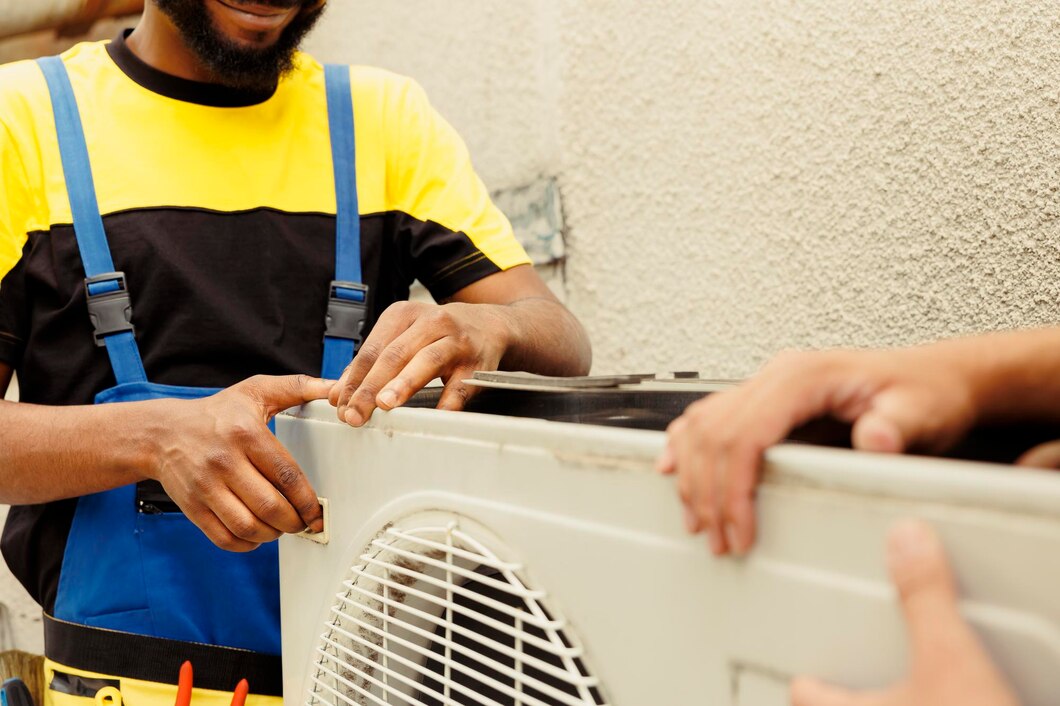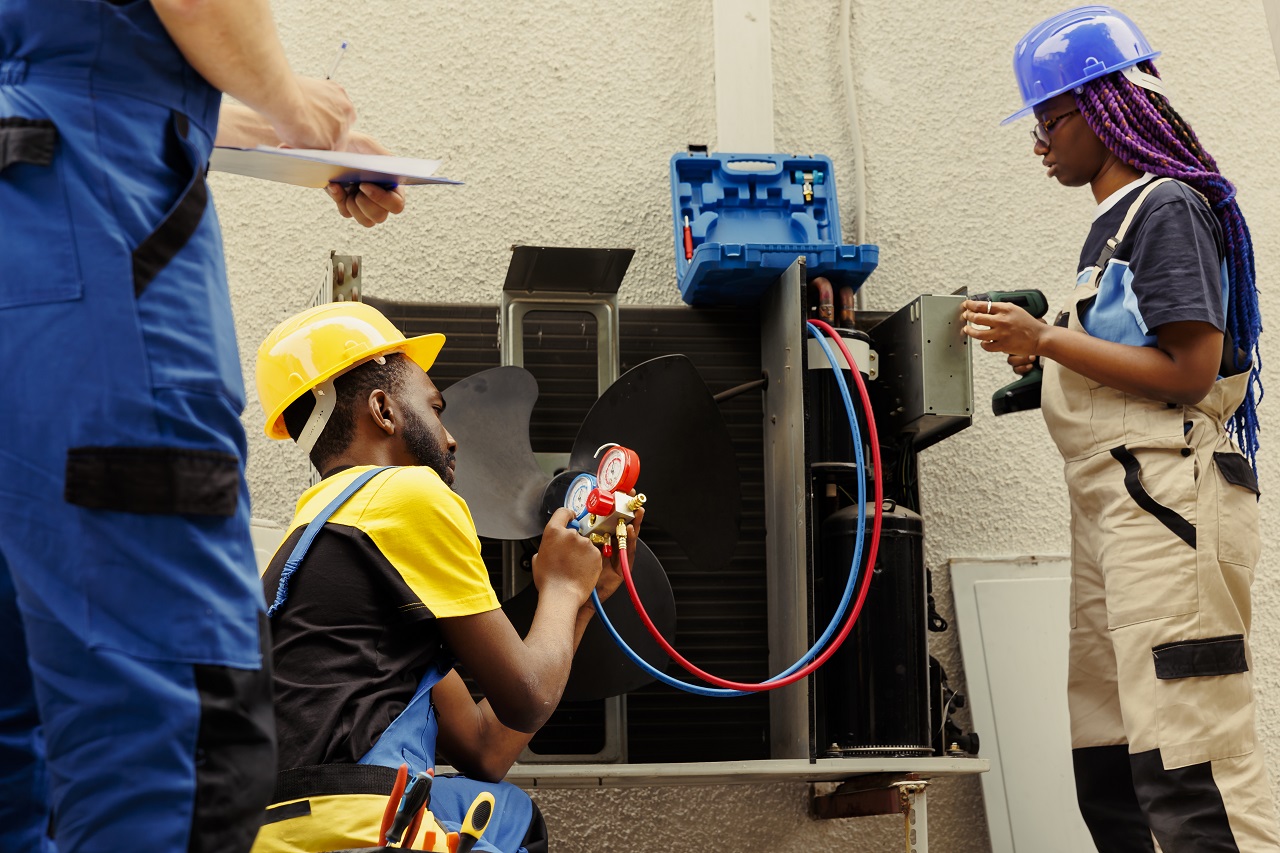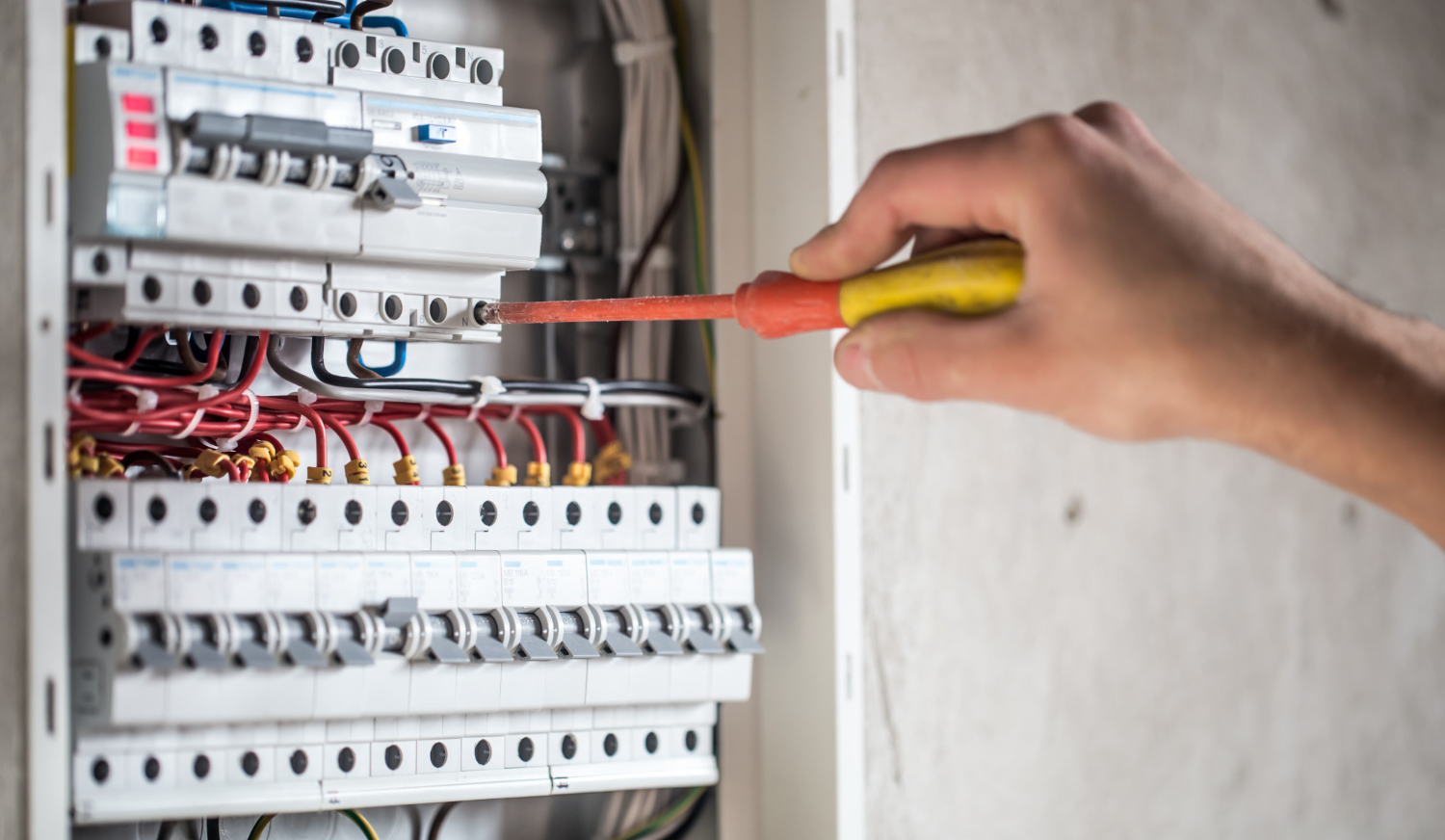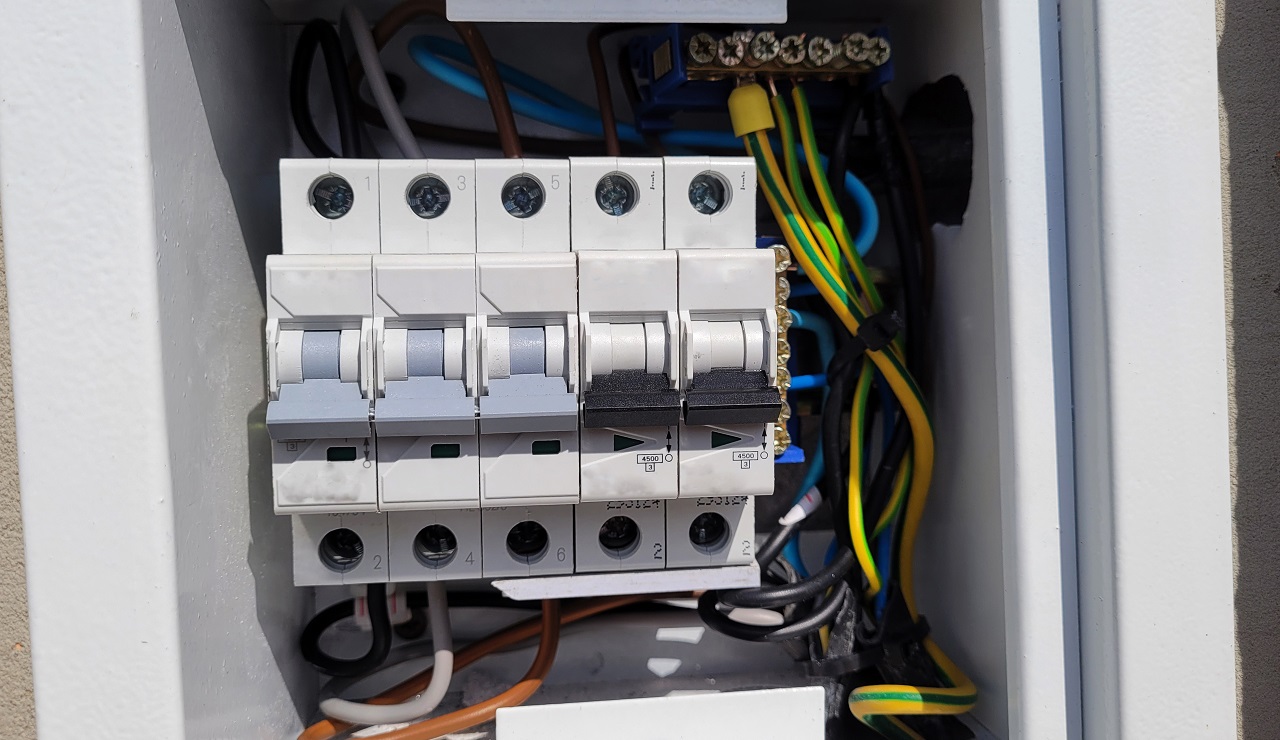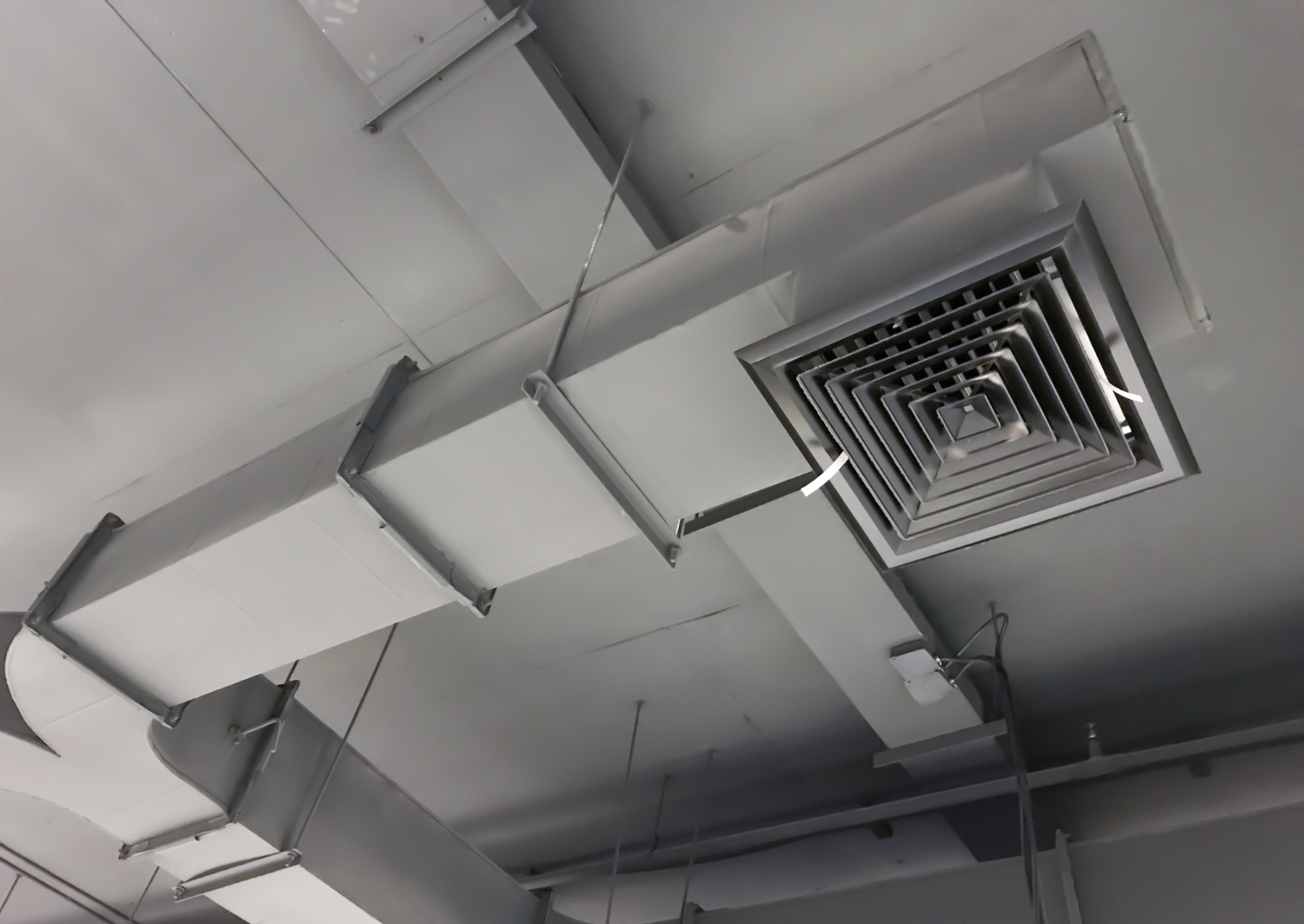Electrical safety is paramount, whether you’re flipping a light switch or rewiring a home. At our core, we prioritize the safety and well-being of our clients and their families, which is why we emphasize the importance of understanding and implementing safe electrical repair practices. Handling electrical components can be daunting and dangerous without the proper knowledge and tools. It’s not just about preventing injuries; it’s about creating a secure environment that guards against potential electrical hazards.
In our daily operations, we encounter a variety of electrical systems—some old and dated, others modern and complex. This diversity requires a deep understanding of electrical safety fundamentals to ensure that every repair or installation is performed without risk. Moreover, using the correct tools and equipment is not just a recommendation; it is a necessity for safeguarding your home and our team. In the following sections, we will delve into essential safety protocols and the significance of using appropriate tools during electrical repairs. Our goal is to empower homeowners with knowledge while highlighting how our professional services incorporate stringent safety standards to handle every electrical challenge efficiently and safely.
Understanding the Basics of Electrical Safety
Electrical safety is a foundational aspect of our services, and it starts with a clear understanding of how electricity behaves and the inherent risks involved. Electrocution, electrical fires, and other hazards can occur if electrical systems are not handled correctly. That’s why we place a strong emphasis on education, both within our team and with our clients. We ensure that everyone working on or around electrical systems knows the principles of electricity, including the flow of electrical current and the role of grounding in safety.
Another critical element of electrical safety is recognizing the warning signs of potential electrical problems. These can include frequent circuit breaker trips, flickering lights, and unusual buzzing or sizzling sounds from electrical devices. By teaching these fundamentals, we empower our clients to identify issues early, which can prevent severe accidents and system failures.
Essential Tools and Equipment for Safe Electrical Repairs
High-quality, well-maintained tools and the correct personal protective equipment (PPE) are essential for performing safe electrical repairs. Here’s a look at some of the crucial tools and equipment we always use:
1. Insulated Tools: All our hand tools are insulated to protect against electrical shocks. This includes screwdrivers, pliers, wire strippers, and cutters. Each tool is specifically designed to prevent the conduction of electricity, offering an additional layer of safety.
2. Voltage Tester: Before we begin any repair, we use a voltage tester to confirm that the circuit is de-energized. This tool is vital for preventing accidental electrocution by ensuring that there are no live wires.
3. Wire Insulation: Proper wire insulation is mandatory for preventing short circuits and other electrical mishaps. We always check for any compromised insulation and replace it immediately during repairs.
4. Safety Glasses and Gloves: Our team wears safety glasses to protect their eyes from sparks and flying debris. Similarly, insulated gloves are worn at all times to prevent electric shocks.
By employing these tools and following stringent safety protocols, we ensure that every electrical job is done safely and effectively, protecting both our team and our clients’ property from potential harm.
Step-by-Step Safety Procedures for Common Electrical Repairs
When conducting electrical repairs, strict procedures are crucial for ensuring everyone’s safety. We adhere to a step-by-step process that begins with a careful assessment of the electrical issue. First, we disconnect the power source, ensuring that no current flows through the circuit while work is performed. Then, we use our advanced testing equipment to check for any live wires before proceeding, even if the power is assumed to be disconnected. This precaution helps prevent any accidental electrocution or short circuits.
Next, we methodically replace or repair any faulty components. Every step in our repair process is double-checked for accuracy. We always ensure that all connections are secure and that new installations comply with current electrical codes and safety standards. After the repairs, we conduct a thorough testing phase to ensure everything operates perfectly under normal conditions, preventing any future hazards from hidden faults.
How We Ensure Safety During Professional Electrical Services
Safety is not just a part of our service; it’s the backbone of everything we do. During every repair, installation, or maintenance job, we follow a stringent set of safety protocols that meet or exceed industry standards. Our technicians receive ongoing training in the latest safety practices and electrical codes. This continuous education ensures that they are knowledgeable about the safest techniques and newest safety equipment.
Moreover, we conduct regular safety audits where our procedures and equipment are reviewed and updated if necessary. These audits help us identify any potential risks or areas for improvement in our services. By maintaining a proactive approach to safety, we ensure that our team is always prepared to deliver safe, high-quality workmanship.
Conclusion
The importance of electrical safety cannot be overstressed. At Turner On Services, our commitment to maintaining the highest safety standards is an integral part of our promise to you. We provide not only expert electrical and HVAC services but also the peace of mind that everything is done safely and proficiently. Whether you need a routine assessment or an emergency repair, you can trust us to deliver with your safety as our primary concern.
For all your electrical and HVAC needs, remember that our team of OH electricians at Turner On Services is just a call away. We are dedicated to serving the Cincinnati community with integrity and excellence. Contact us today to ensure your home’s systems are safe and efficient. Let us take care of your electrical and HVAC needs while you enjoy undisturbed comfort and safety at home.


